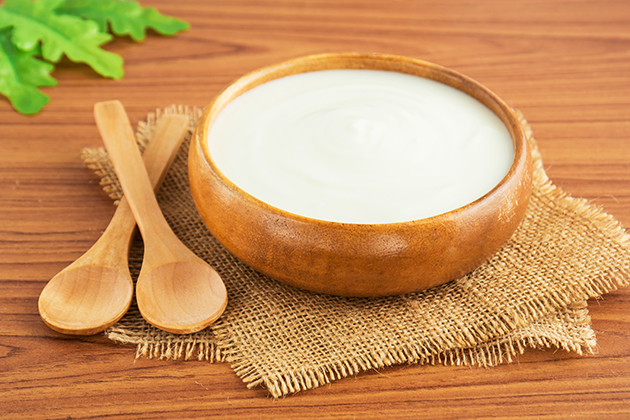Yoghurt is one of those staple dairy items that we always need in the household fridge. It makes for an excellent snack, breakfast food or simply a condiment for other meals. However, it can be expensive to buy good quality yoghurt on a regular basis (while being mindful of expiry dates). Smaller portions and snack sized tubs are even more expensive to purchase and these can be one of the fastest adding items to your grocery bill.
Making your own yoghurt is the ultimate solution to combating the unnecessary cost of buying it from the supermarket. In addition to being much more economical, it can taste amazing and is also better for your health, as it does not use the preservatives that many off-the-shelf yoghurts contain.
In order to get started with making your own yoghurt at home, you will need what is commonly called a starter yoghurt. This can simply be a commercial yoghurt from the supermarket that contains live cultures (acidophilus bifidus or similar bacteria strains) and it will form the basis of your own home made yoghurt. You can also often purchase organic starter cultures from your local health food store.
There are specific incubation machines available to help you make yoghurt at home, but these are really an unnecessary expense as yoghurt can be made quite easily from scratch, without the assistance of electrical appliances. This simple recipe will yield you some great tasting home made yoghurt, relatively quickly:
Ingredients
1 litre (4 cups) of milk (this can be full fat or reduced fat, but it should be pasteurised)
1 tablespoon live yoghurt (active bacteria commercial yoghurt is fine)
Method
- Boil your milk in a saucepan and when it starts to froth, turn down the heat to allow it to simmer for approximately 2 minutes.
- Remove the pan from the heat entirely and let the milk cool to 43 degrees Celsius.
- Take your starter yoghurt and combine it with 1 cup of milk. This will thin the yoghurt.
- In a large jug, add the thinned yoghurt and then strain the remaining amount of warm milk over it.
- Whisk this thoroughly until it is suitably combined.
- Transfer the combined mixture to a thermos or a large jar and leave overnight (or check on it every 4 hours if during the day). This is where the bacteria will do its work. You can leave this wrapped in towels inside the oven to provide a consistent environment.
- After this process, put the mixture into the fridge to cool it and help it thicken. If there is a layer of water on top, you can either drain this or leave it, mixing it in accordingly.
You should eat this batch within a few days (although it should last up to 2 weeks in the fridge) and to make another batch, ensure you still have 1 tablespoon of your yoghurt remaining. This is always required when making a new batch. Importantly, always ensure your starter batch is still okay to eat before making a new batch with it. Otherwise, you can use another starter amount of yoghurt from the supermarket (or a starter kit from a health store).
Once you are experienced with making yoghurt, you can introduce additional elements such as vanilla, honey, fruit and other flavours. This can further cut down the amount you spend on snacks, especially for the kids.
Making your own yoghurt at home can be very rewarding as it provides an element of sustainably healthy eating. Plus, it will save you a considerable amount on your household grocery bill each month.
For more tips on eating healthily on a budget, check out this comprehensive guide.


